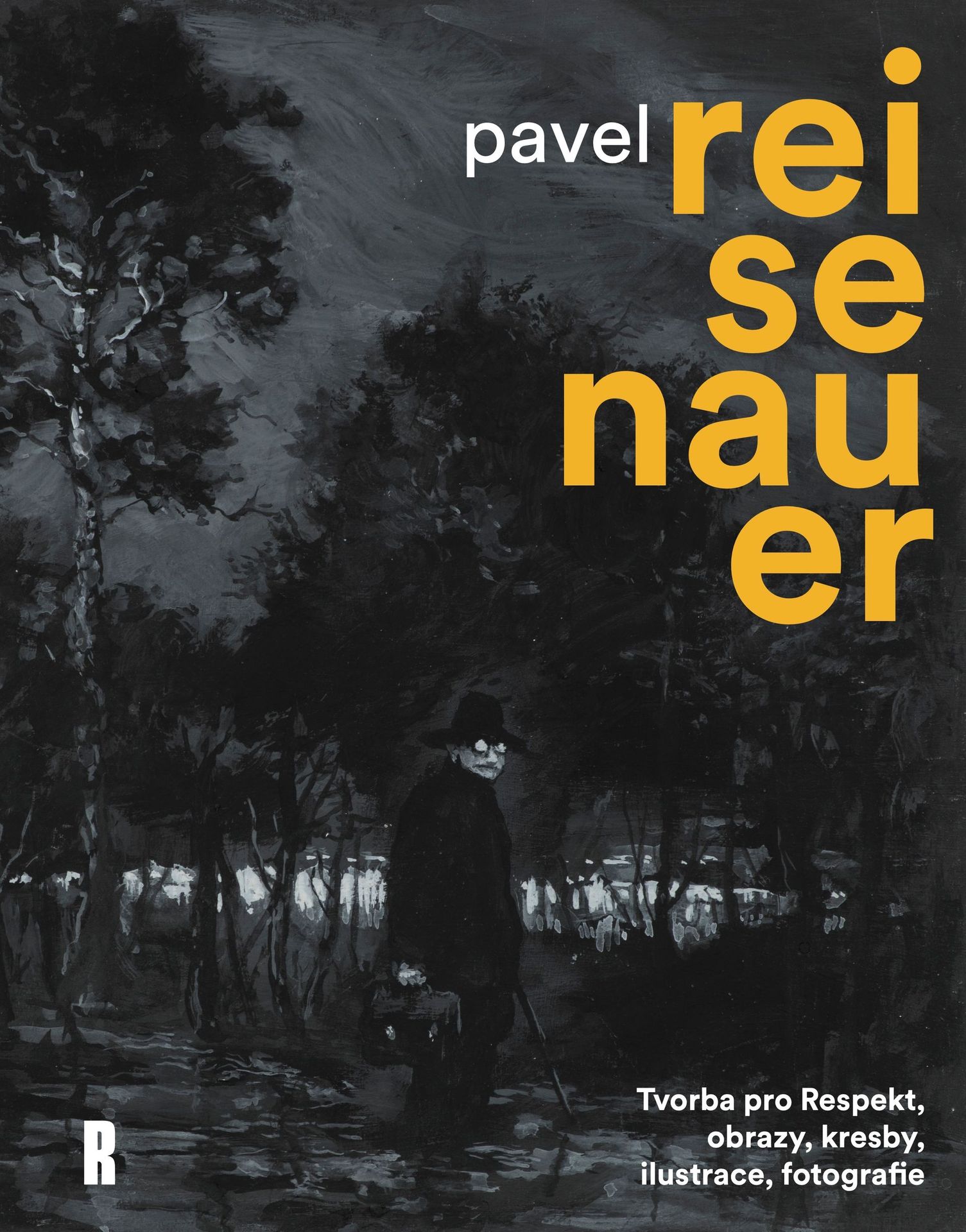About college process
Obtaining a higher education is radically different
Junior year of high school stands out to all American teenagers as the worst year of one’s life. As all students are told countless times, our lives depend on it. Junior year marks the third year of high school, meaning that applying to college is just months away. People unfamiliar with the American college process may not know that applying to college in America is one of the cruelest and must volatile experiences.
In Europe, specifically the Czech Republic, getting accepted into a university is by no means easy. Students take many placement tests and exams, for example the Maturita, which determine their futures. Unlike the American system however, these assessments are much more straightforward and considerably cheaper.
The “college process,” as it is commonly called, begins for all students at the start of high school. Starting with their first year, students begin considering possible colleges to attend. According to The National Center For Education Statistics, in 2010–2011 there were 4,599 colleges and universities in the United States. Narrowing it down to just a few is understandably a huge task.


The next essential step for all students is visiting their top colleges. According to National Public Radio’s Marketplace, students spend about $3,500 on college visits. This involves long trips to faraway colleges and attending campus tours. After the tours take place, the student narrows down their college list. Students then fill out the unbelievably tedious college applications.
Increasingly controversial
A college application consists of every accomplishment and service done in the past four years and at least one personal essay. The college admission officers read these applications meticulously. One spelling mistake can ruin a student’s chance of getting into their dream school. According to US News, in the fall of 2010 one quarter of students applied to over seven schools. It costs anywhere from $30 to $80 to apply to to send your application to just one school. According to Marketplace, Harvard University made over $2 million dollars alone in applicant fees in 2010. Bloomberg estimates that the “real cost of applying to college” is a monstrous $31,811 when all of these fees are combined.
Of course, this doesn’t include the money spent on tuition once the student is accepted into college, assuming they made it out of the college process alive. While the average cost of college is $30,094 per year, many colleges are far more expensive. Sarah Lawrence College, a small liberal arts college in Bronxville, New York costs almost $60,000 a year, over 1,300,000 Czech crowns.
What is probably the most controversial part of the college process is a test called the SAT. The SAT is a standardized test taken by all American high school students who hope to attend college. Over the past few years, the four-hour-long tests have become increasingly controversial. Many believe the test is highly inaccurate and simply measures a student’s wealth rather than knowledge.
SAT tutors cost about $125 per session. Critics claim that only the children of wealthy families who can afford test prep do well on the test, leaving the less wealthy at a huge disadvantage. Many SAT prep companies argue that they know all of the hacks and secret methods that make answering the multiple choice test easy and that without their classes, you will be at a disadvantage. Others argue it is the only standardized way to compare students across the country considering the vast differences among American high schools.
“The SAT doesn’t forecast a student’s potential success at college, it simply shows who was signed up for expensive SAT prep courses and who learned the tricks and methods from those classes“ says Julia Baribeau, a sophomore at Santa Clara University in California.
Outstanding college debt
While it cannot be ignored that Czech students devote an exceptional amount of time and hard work while preparing for the Maturita exam, the American college process is on a level of its own. American students are forced to jump through hoops to complete a process that used to be simple. Today, the process can only be described as inconsistent.
It is impossible to predict where students will be accepted. It is commonplace for students to not get into some of their “safety schools” but get admitted into their “reach schools.”
Something that has always stood out to me is how early Czech students decide on what they will study and eventually have as a career. At the age of fifteen, all Czech students must decide which secondary school they wish to attend, something that determines what they will do later in life. At such a young age, one cannot help but wonder if fifteen is too young to make such a large decision.
In America, students are nineteen to twenty years old and in their second year of college when they are forced to declare their major. Also, It has been my impression that European university classes consist of large lectures held by the professor with little class discussion. In America at most liberal arts colleges, it is common for students to build relationships with their professors where they interact on a more personal level.
It cannot be argued that the American system is better than the European one, or vice versa, but one fact cannot be ignored: On June 8, 2014 the total outstanding college debt in America reached $1 trillion dollars. For Czechs, attending a public University is free of charge. This leaves the graduate with little to no debt.
For Czechs and Americans, obtaining a higher education is radically different. While both offer wonderful opportunities for the student, the two processes are extremely unalike and have very few similarities.
Overall, the American college process is far more time consuming than the Czech one but it does ensure that students end up at colleges that fit them perfectly. In the Czech Republic, all universities are quite similar in size and atmosphere and only differ when it comes to what broad topics the students study. Overall, students who attend college in both countries seem to learn in different ways but, in the end, are prepared for their futures when they graduate.
Works Cited:
- http://nces.ed.gov/fastfacts/display.asp?id=84
- http://www.marketplace.org/topics/your-money/education/forget-tuition-just-applying-college-can-cost-thousands
- http://www.foxbusiness.com/personal-finance/2012/05/14/is-sat-tutoring-worth-cost/
- http://www.collegedata.com/cs/search/college/college_search_tmpl.jhtml
- http://www.bloomberg.com/consumer-spending/2011–10–04/the-real-cost-of-applying-to-college.html#slide1
- http://www.forbes.com/pictures/mlj45fffm/sarah-lawrence-college/
- http://www.businessinsider.com/tuition-costs-by-country-college-higher-education-2012–6?op=1
Pokud jste v článku našli chybu, napište nám prosím na [email protected].



















